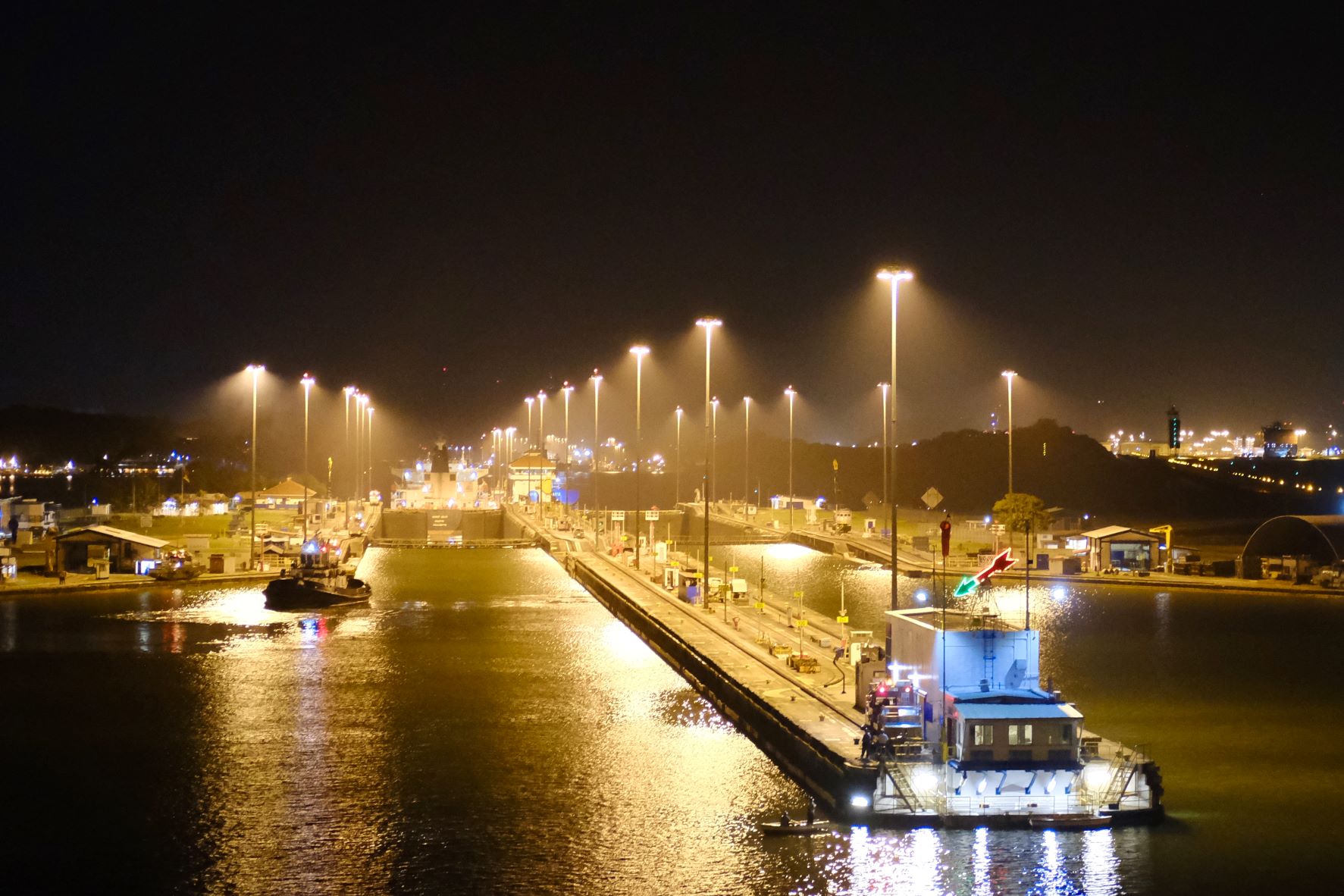German version below
The stars at night are the same, the world keeps turning and (almost) everything remains the same in the rest of the world. But after a 23-day transit between the Northwestern African coast and the Central American coast, with few signs of civilization (only a few cargo-ships at a distance) and a lot of station work in between, the arrival to the Panamá Canal was such a beautiful sight to see! This marked the end of the first part of the campaign – in the Atlantic Ocean, and the start of the second part of the campaign, in the biggest and oldest Ocean of our beautiful world – the Pacific Ocean. This transition will definitely be remembered by everyone on board by the crossing of the Panama Canal. The contrast between the deep blue of the Atlantic ocean and the green from the forest surrounding the Canal was overwhelming. And to think about all the effort taken to make such piece of engineering possible reminds us that our society is capable of reaching grandiose achievements. As scientists, we only hope that such ingenuity can be applied to overcome the pressing issues related to our impact in the environment, such as global warming, the extinction of species and the increase of marine litter.
This campaign aims to understand some of these issues. We, Cláudio Cardoso and Alexandra Rosa, are involved in operation and processing of the CTD casts, in the deployment of atmospheric radiosondes and in the processing and interpretation of remote sensing products such as satellite-derived Chlorophyll-a observations and eddies tracked with altimetry products. It is an oceanographer’s dream and a true honor to be on board this ship – a floating hotspot of knowledge that is the temporary home for 39 very skilled scientists and 30 faultless crew members.
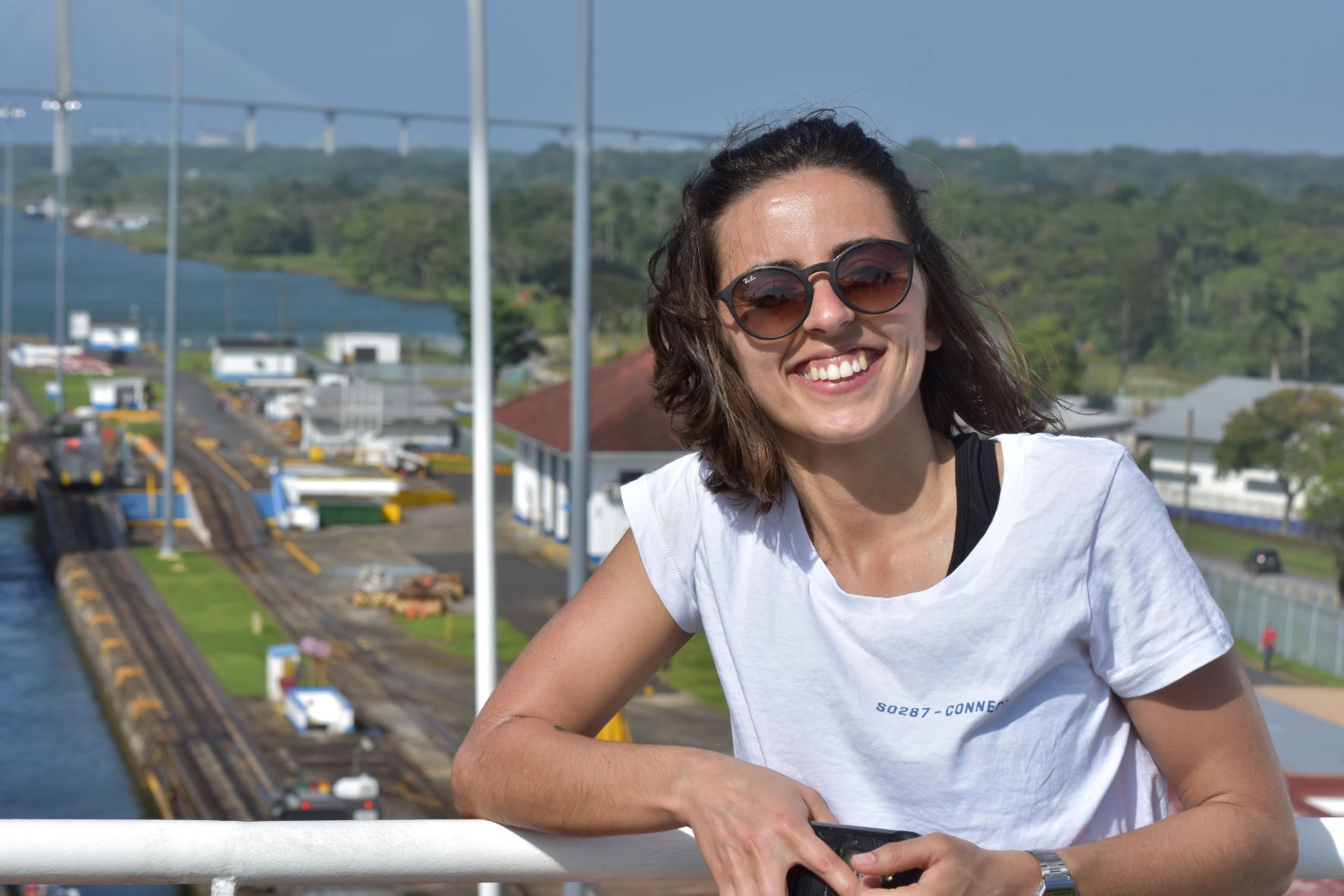
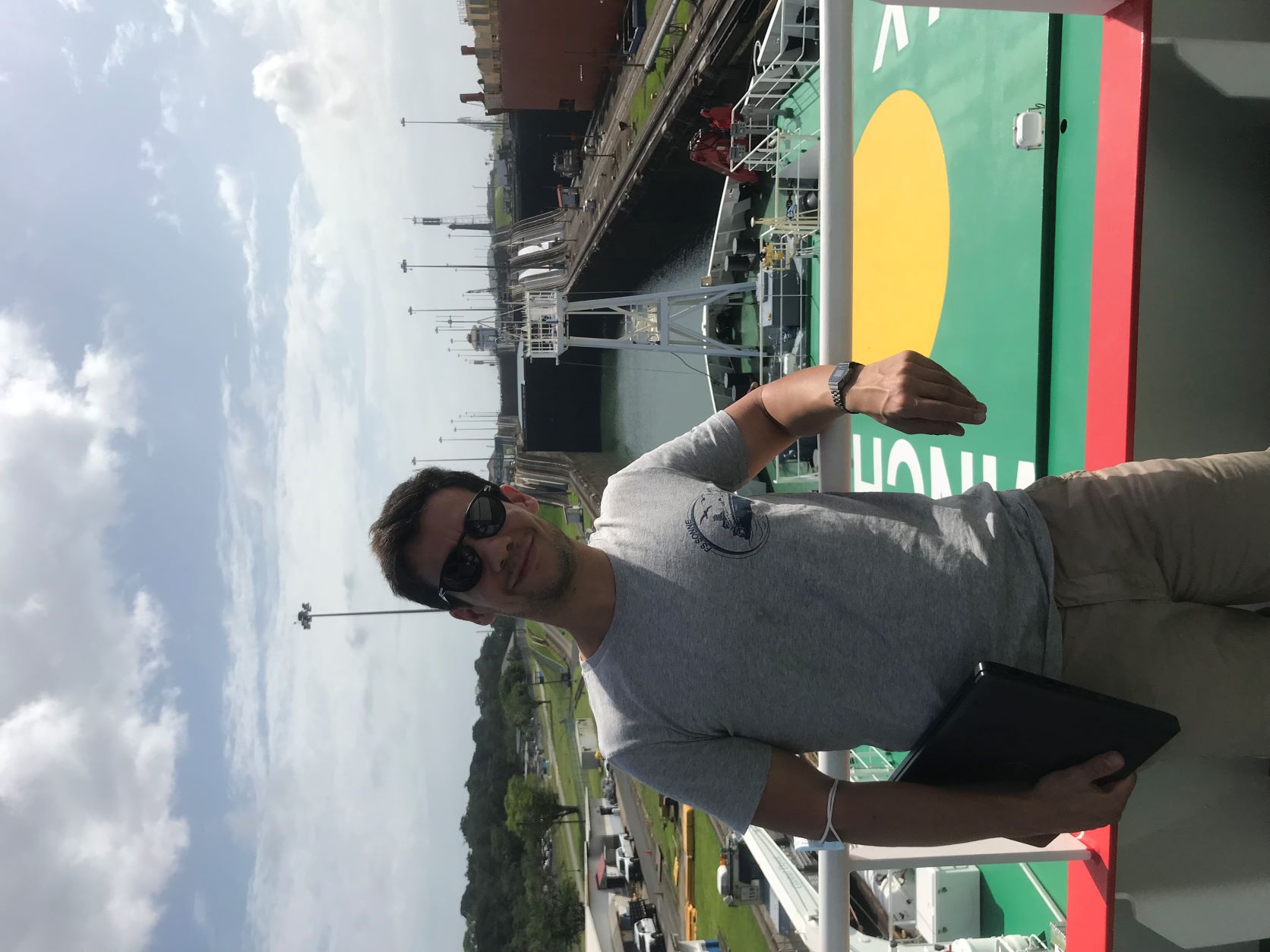
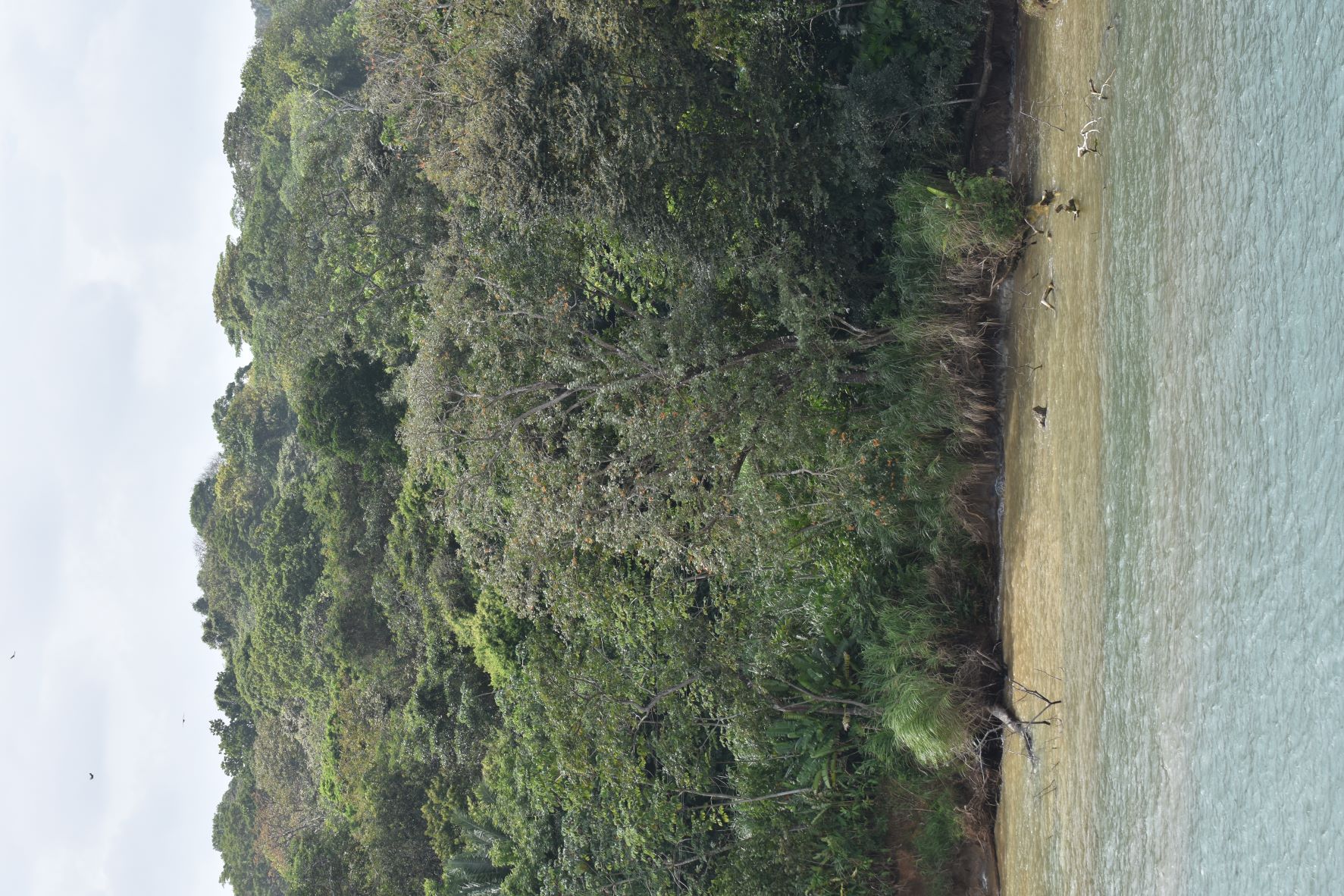
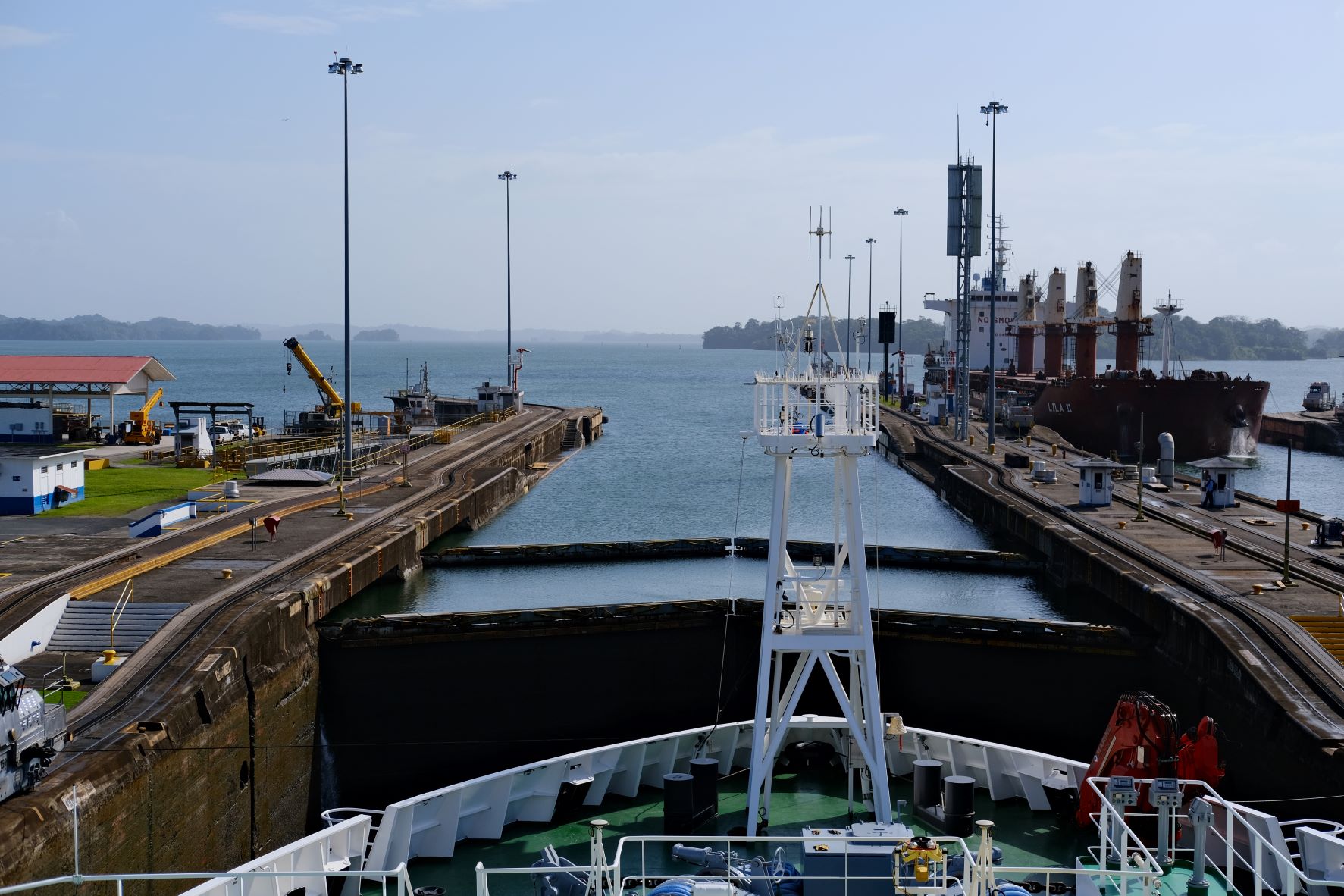
Vom Pazifik in die Welt,
Die Sterne in der Nacht sind dieselben, die Welt dreht sich weiter, und im Rest der Welt ist (fast) alles beim Alten geblieben. Aber nach einer 23-tägigen Reise zwischen der nordwestafrikanischen und der mittelamerikanischen Küste, mit wenigen sichtbaren Anzeichen von Zivilisation (nur ein paar Frachtschiffe in der Ferne) und einer Menge Stationsarbeit dazwischen, war die Ankunft im Panamá-Kanal ein wunderschöner Anblick! Damit endete der erste Teil der Forschungsmission im Atlantik, und der zweite Teil der Mission im größten und ältesten Ozean unserer schönen Welt, dem Pazifik, konnte beginnen. Die Durchquerung des Panamakanals wird allen an Bord in besonderer Weise in Erinnerung bleiben. Der Kontrast zwischen dem tiefen Blau des Atlantiks und dem Grün der Wälder, die den Kanal umgeben, war überwältigend. Und der Gedanke an all die Anstrengungen, die unternommen wurden, um ein solches Stück Ingenieurskunst möglich zu machen, erinnert uns daran, dass unsere Gesellschaft in der Lage ist, große Leistungen zu vollbringen. Als Wissenschaftler können wir nur hoffen, dass dieser Einfallsreichtum auch zur Bewältigung der drängenden Probleme eingesetzt wird, die mit unserem Einfluss auf die Umwelt zusammenhängen, wie z. B. die globale Erwärmung, das Artensterben und die Zunahme der Meeresverschmutzung.
Diese Forschungsmission zielt darauf ab, einige dieser Probleme zu verstehen. Wir, Cláudio Cardoso und Alexandra Rosa, sind am Betrieb und an der Verarbeitung der Messwerte der CTD, am Einsatz von atmosphärischen Radiosonden und an der Verarbeitung und Interpretation von Fernerkundungsprodukten wie satellitengestützten Chlorophyll-a-Beobachtungen und mit Höhenmessungen verfolgten Wirbeln beteiligt. Es ist der Traum eines jeden Ozeanographen und eine wahre Ehre, an Bord dieses Schiffes zu sein – ein schwimmender Hotspot des Wissens, der 39 hochqualifizierten Wissenschaftlern und 30 tüchtigen Besatzungsmitgliedern eine vorübergehende Heimat bietet.
